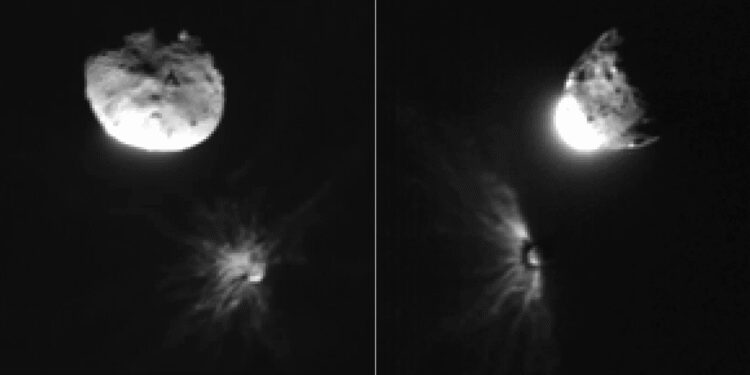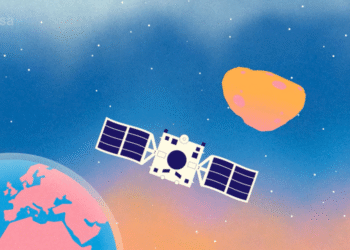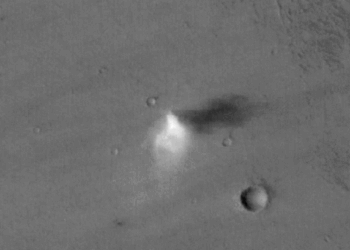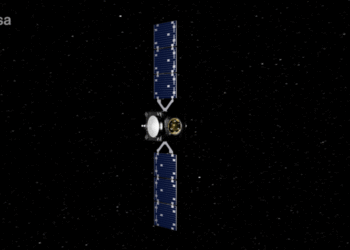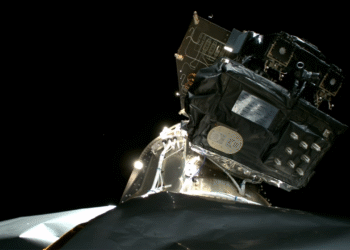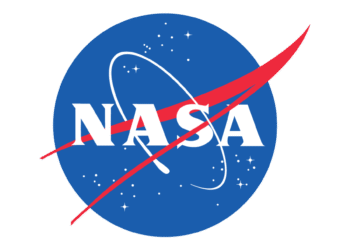New analyses of LICIACube’s close-up images taken minutes after NASA’s DART impact on the asteroid moonlet Dimorphos show that the expanding ejecta plume provided a significant “recoil” that amplified the asteroid’s deflection beyond the direct push of the spacecraft alone. These observations are helping refine models of impact physics and strengthen future planetary defense strategies.
What LICIACube saw
- High-resolution views revealed a broad, conical plume with intricate filaments and rays, plus numerous discrete fragments and boulders emerging from the impact site.
- The time-evolving shape and brightness of the plume indicate a complex mix of particle sizes and speeds, consistent with a loosely bound, rubble-pile surface.
- Combined with ground- and space-based observations, the imaging supports the measured 33-minute reduction in Dimorphos’s orbital period and indicates a momentum transfer larger than the spacecraft’s direct impact alone (i.e., a momentum enhancement factor greater than 1).
Why this matters for planetary defense
- Momentum enhancement from ejecta is now better constrained, improving predictions of how much deflection a kinetic impactor can achieve.
- Plume morphology and fragment behavior inform models of surface cohesion, porosity, and grain-size distribution—critical inputs for realistic impact simulations.
- Results help mission designers estimate how spacecraft mass, impact angle, and target properties affect deflection outcomes and associated uncertainties.
What comes next
- Ongoing analysis of LICIACube data, together with Hubble, Webb, and ground-based observations, will further tighten constraints on ejecta dynamics and recoil.
- ESA’s Hera mission will revisit the Didymos–Dimorphos system, measuring crater size, mass, and internal structure to pin down the impact energy partition and refine deflection models.
Source: NASA Science — Close-up views of DART impact to inform planetary defense


